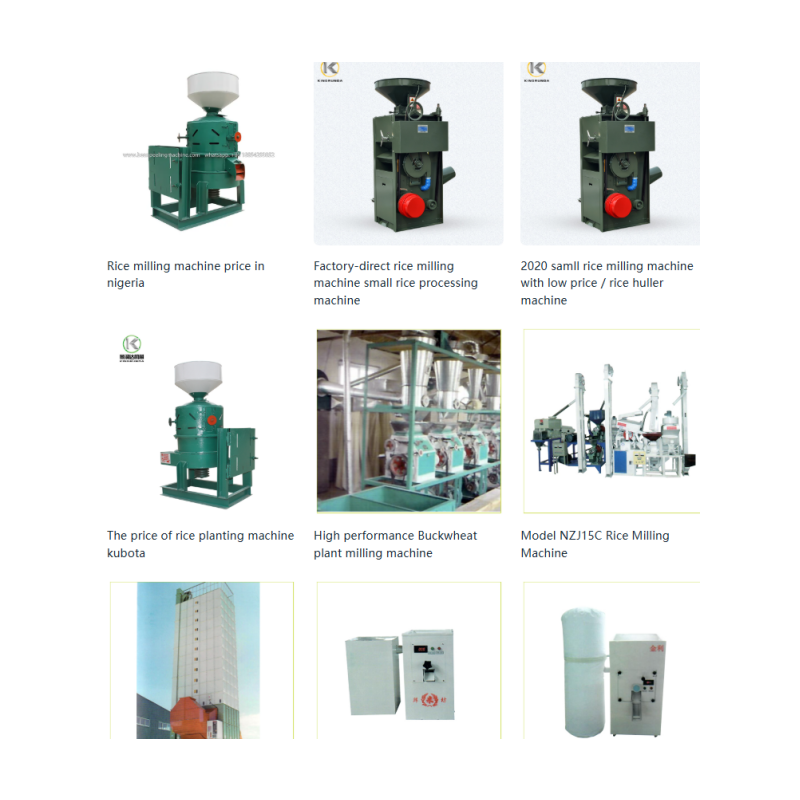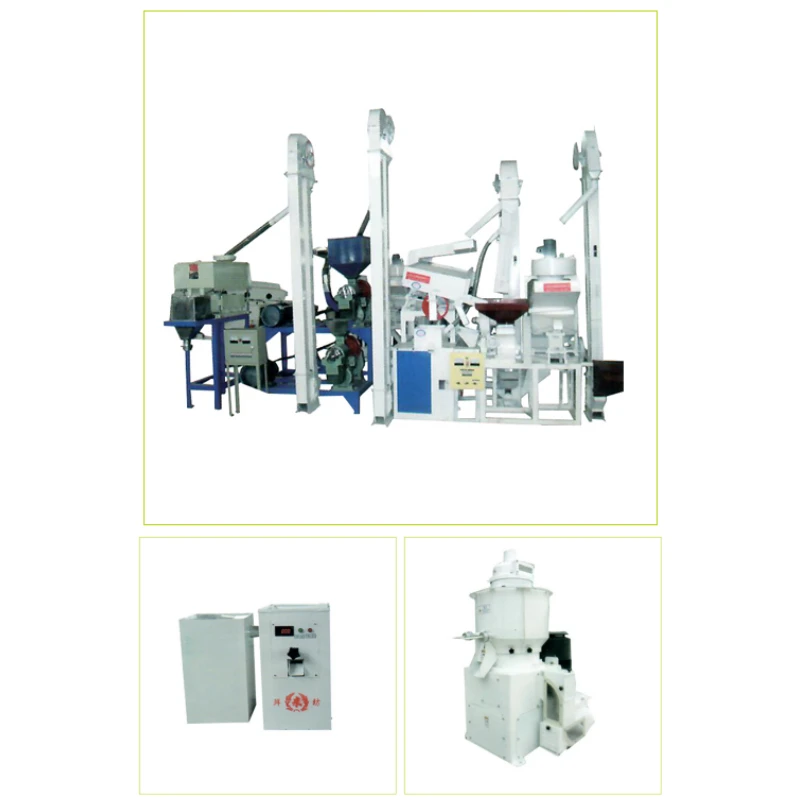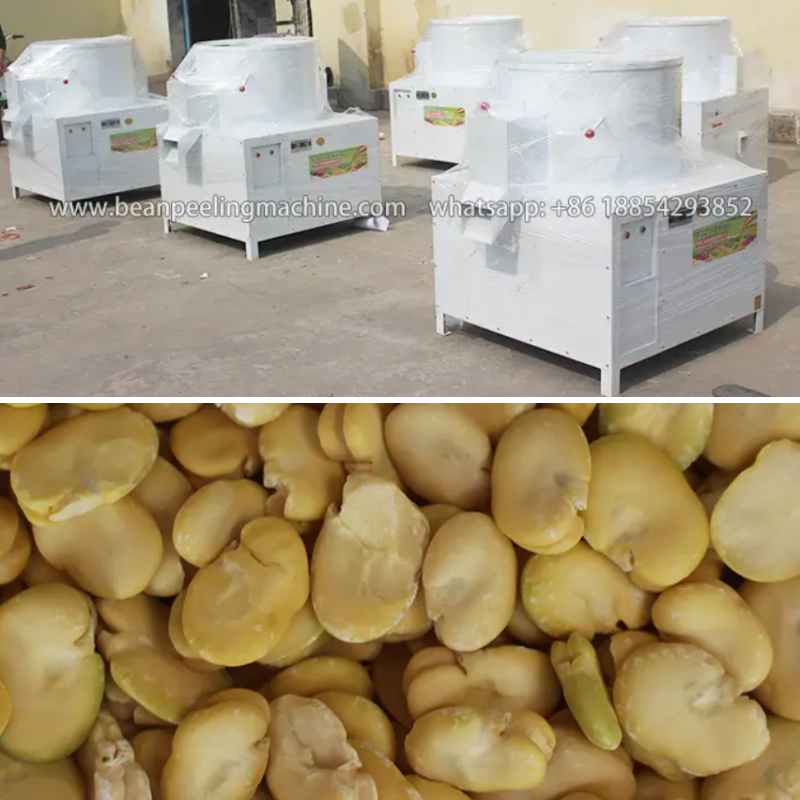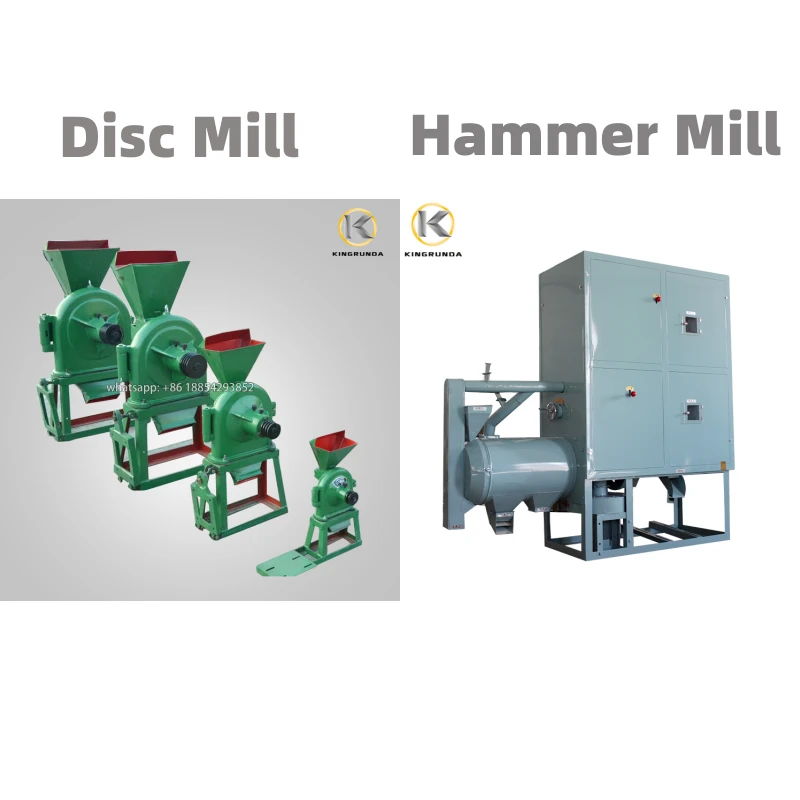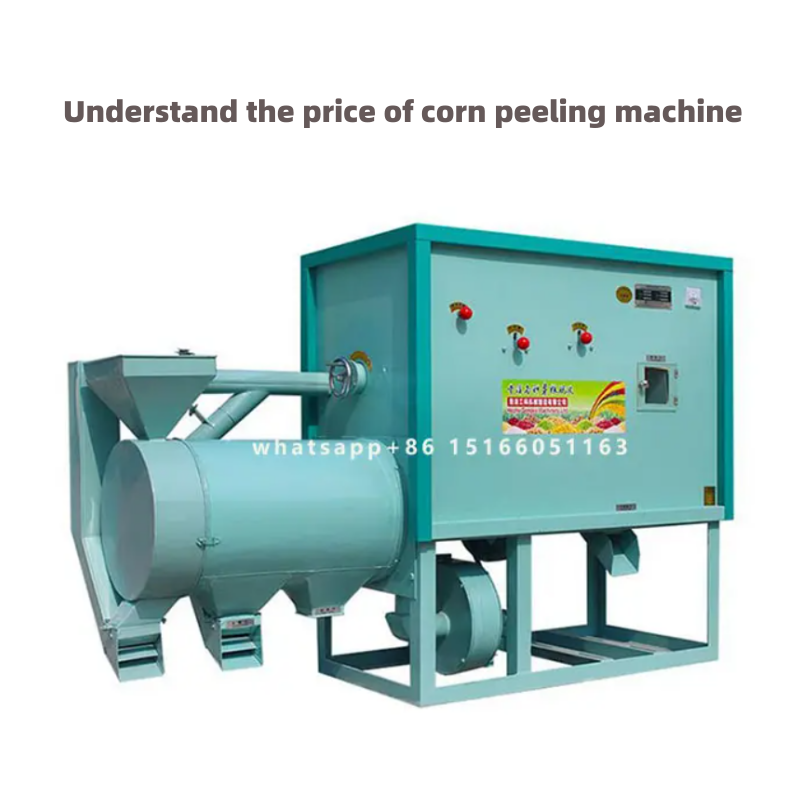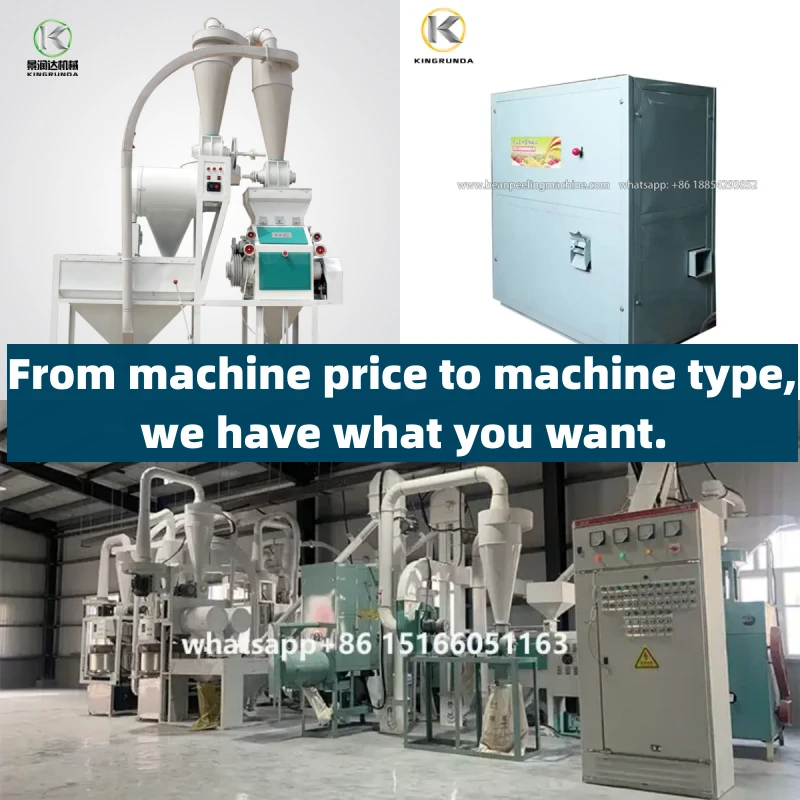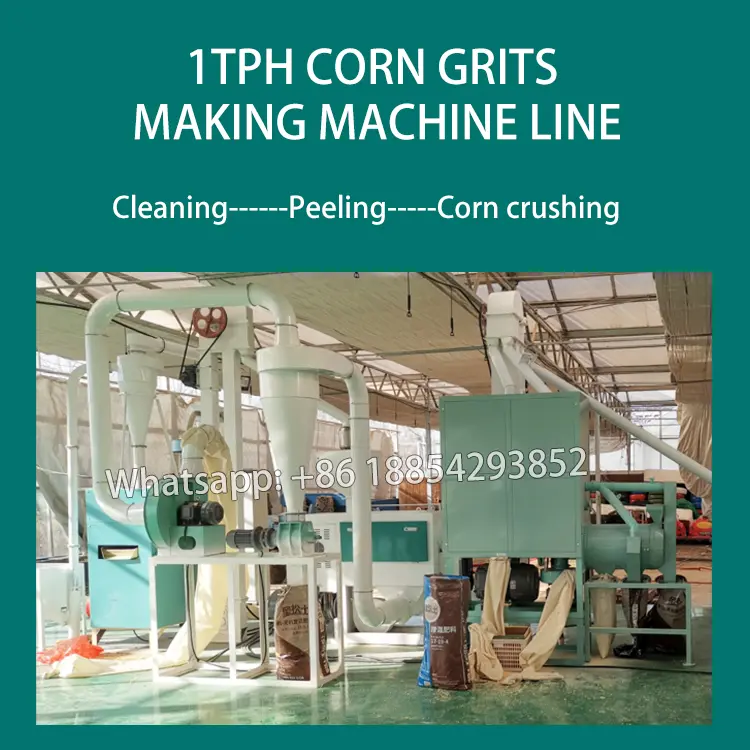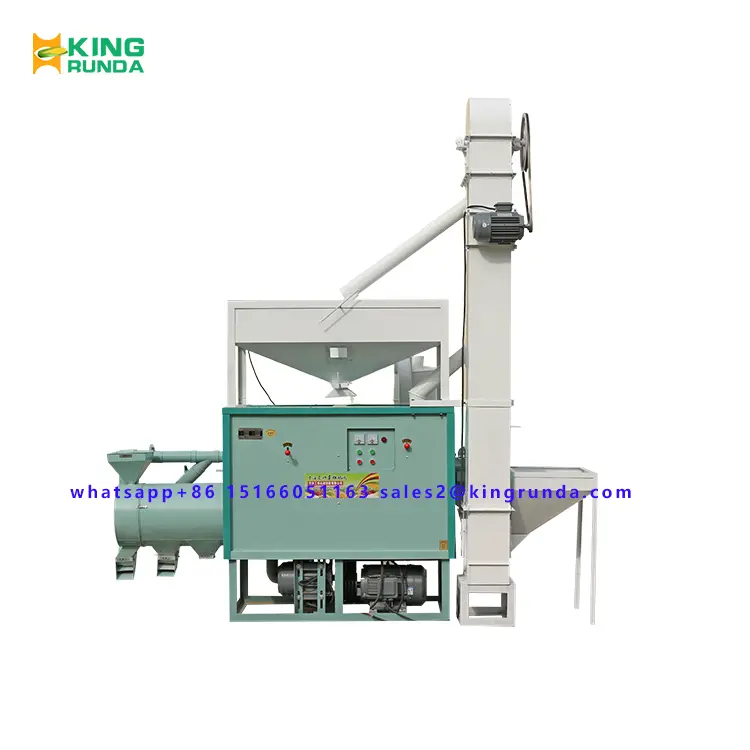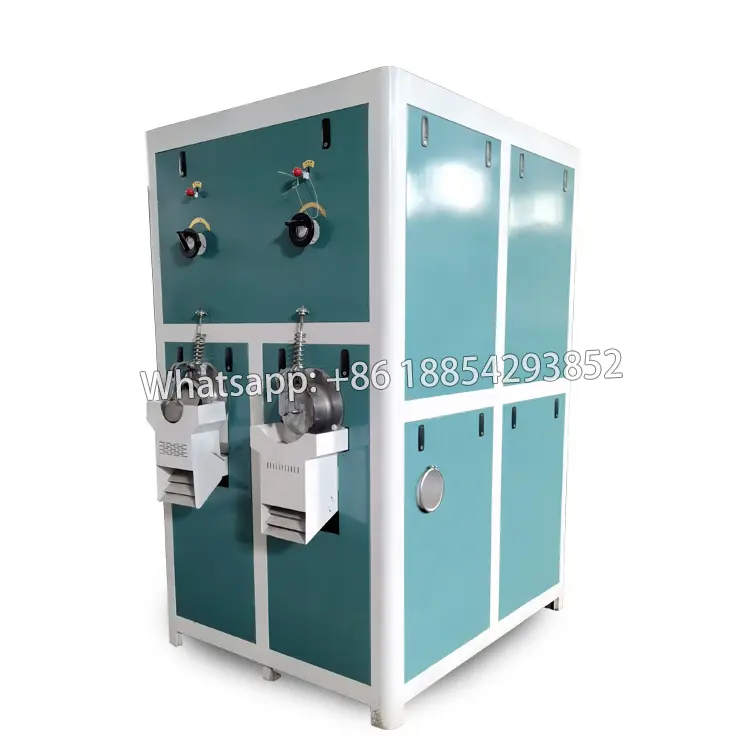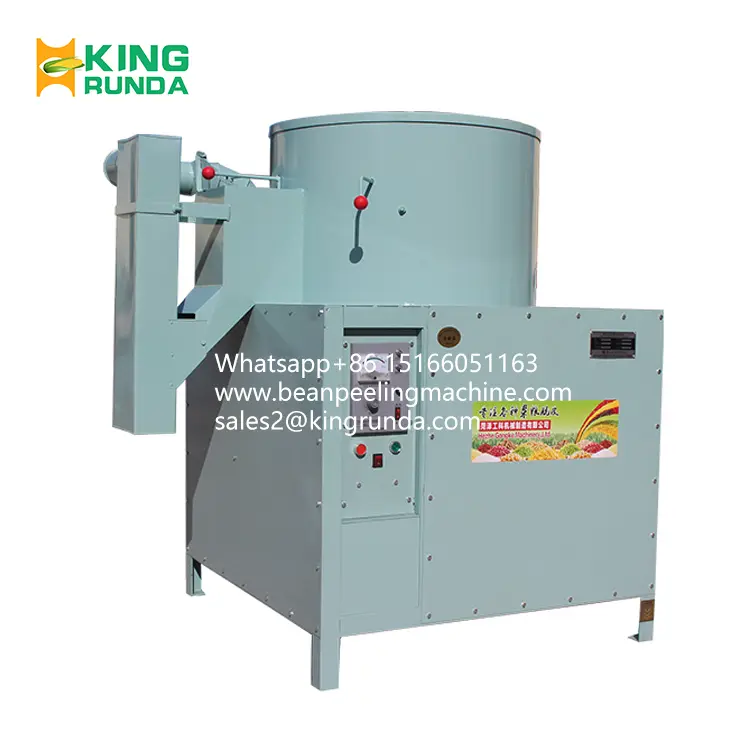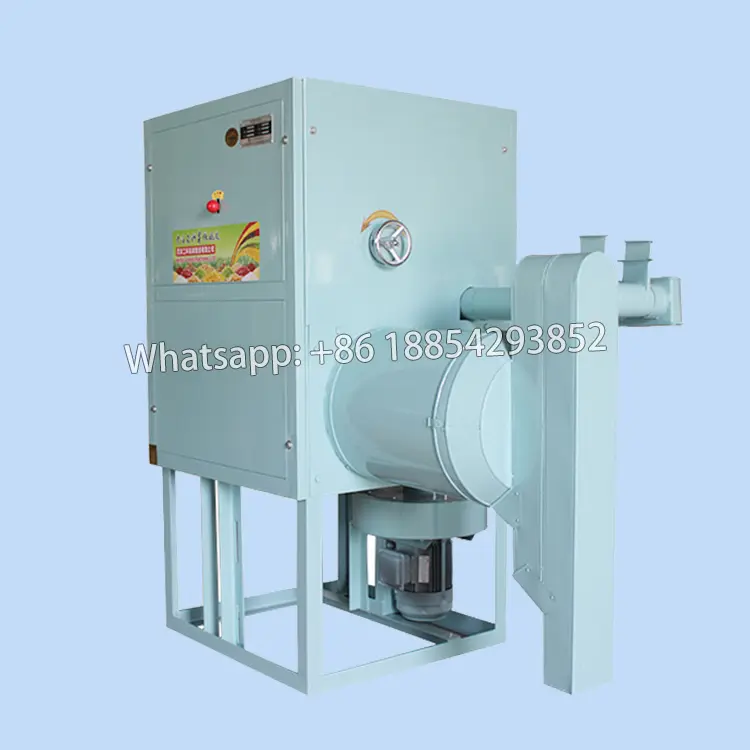Corn grits, those golden nuggets of coarse-ground maize, have quietly stood the test of time as a hearty, nutritious, and versatile food across cultures. From Southern-style grits in the U.S. to African maize porridges, corn grits have filled countless plates worldwide. But have you ever wondered how corn grits are made from scratch? Not just tossing a bag into your cart at the supermarket—but transforming raw corn kernels into ready-to-cook grits using professional equipment.
In this complete guide, we'll dive into the surprisingly fascinating process of making corn grits, step by step. Whether you're a food entrepreneur, a small mill owner, or just curious about modern grain processing, this article blends technical know-how, practical data, and a glimpse into advanced corn grits machines from Qingdao Jingcheng Machinery—a leading player with over 20 years of expertise.
So buckle in. We’ll peel back the husks—literally—and uncover everything about making corn grits from scratch.
Why Make Corn Grits Yourself?
Before we plunge into the nuts and bolts, it’s worth asking—why bother making corn grits from raw corn?
Superior Freshness: Homemade or locally processed grits retain more nutrients and flavor than mass-produced, shelf-stable versions.
Customization: Control grit size, texture, and degree of polishing based on culinary needs.
Cost Efficiency: For small mills or farms, producing your own grits reduces dependency on third-party suppliers.
Business Potential: Global demand for corn-based products is booming. From snacks to cereals, corn grits are an essential ingredient for manufacturers.
That’s where the corn grits machine comes into play—modern equipment turns a time-consuming, laborious process into a streamlined, profitable operation.
Understanding Corn Grits: More Than Just Crushed Corn
At a glance, corn grits may seem simple—just ground corn, right? Well, not quite. There's an art and science behind proper grits production:
| Type | Texture | Usage |
|---|---|---|
| Coarse Grits | Large, grainy pieces | Soups, casseroles, polenta |
| Medium Grits | Balanced texture | Traditional Southern grits, porridge |
| Fine Grits | Almost powder-like | Baked goods, snack production |
Quality corn grits require precise separation of corn hulls, germ, and tip cap, while retaining the endosperm—the heart of flavor and nutrition.
Step-by-Step: How to Make Corn Grits from Scratch
Making corn grits at home in tiny batches might involve basic tools like grinders and sifters. But for commercial production, efficiency, consistency, and hygiene demand industrial-grade solutions—cue the multi-functional corn grits machine by Qingdao Jingcheng Machinery.
Let’s unpack the process:
1. Corn Selection
High-quality corn is non-negotiable. Look for:
Uniform kernel size
Minimal moisture (typically 13–14%)
Free from mold, pests, and impurities
Fun Fact: Some regions prefer white corn for grits, while others lean toward yellow varieties for richer color and taste.
2. Cleaning and Screening
Raw corn contains foreign matter—dust, stones, chaff. A good cleaning system ensures purity.
Jingcheng's corn grits machine integrates a built-in cleaning mechanism, eliminating manual pre-sorting for small-scale processors. This step reduces machine wear, improves final product quality, and ensures food safety.
3. Dry Peeling (Decortication)
Here’s where the magic begins—removing the tough outer husk without damaging the nutritious core.
Traditional systems often struggle with inefficient peeling.
Jingcheng's advanced peeling system achieves over 98% peeling rate, leaving no skin, germ, or tip cap.
Key Data:
| Machine Model | Peeling Rate | Peeling System | Advantages |
|---|---|---|---|
| Jingcheng 7-in-1 | ≥ 98% | Independent dry peeling | Saves electricity, excellent peeling quality |
The acrylic window design lets operators visually monitor the peeling process—simple yet ingenious.
4. Crushing & Grinding
Once peeled, kernels undergo size reduction:
Crushing breaks corn into grits of varying sizes.
Grinding can further refine portions into flour if desired.
Jingcheng Machinery's patented grinding system operates independently from peeling, extending machine lifespan and allowing targeted production.
5. Grading & Sifting
Different markets require different grit sizes. The grading system sorts:
Large grits for coarse dishes
Medium grits for breakfast meals
Fine particles for snack production
Bonus: Jingcheng’s system can produce up to 22 types of corn grits, satisfying diverse culinary demands.
6. Dust Removal System
No one wants dusty, contaminated grits. The four-wind net dust removal and two-level reserve dust system of Jingcheng’s machines:
Improve food safety
Enhance workplace cleanliness
Reduce environmental impact
7. Final Packaging
Once processed, corn grits are packaged in moisture-proof, food-grade materials. Jingcheng also offers auxiliary packing machines for complete turnkey solutions.
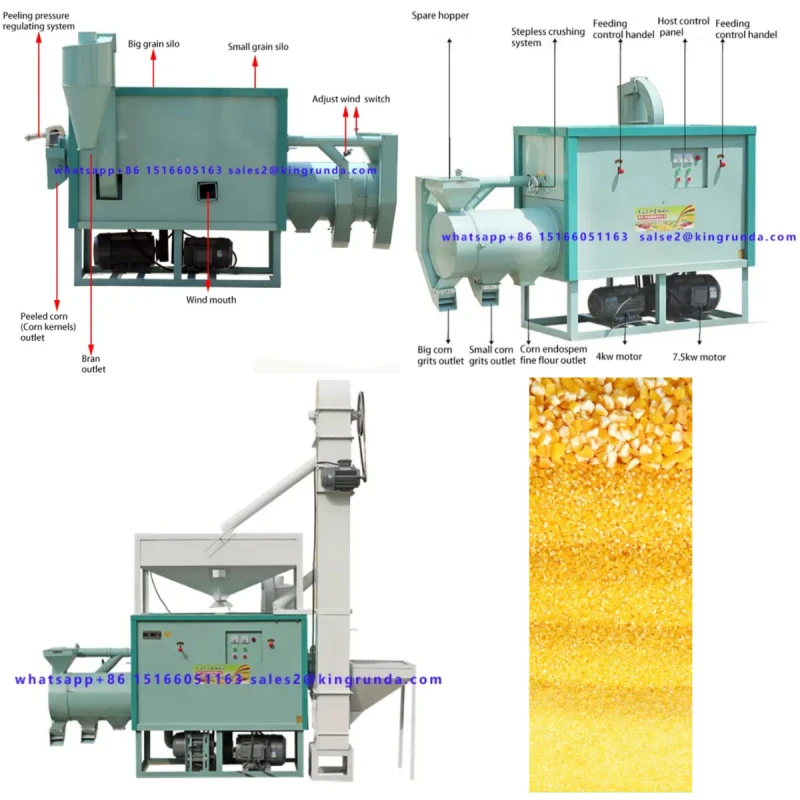
The main structure and grinding effect of corn grits milling machine.
Jingcheng Machinery: Your Reliable Partner for Corn Grits Production
With roots dating back over two decades, Qingdao Jingcheng Machinery, formerly Shandong Kingrunda Machinery, has carved a reputation for quality, innovation, and global reach.
Why Choose Jingcheng?
Comprehensive Solutions: From small single machines to large-scale corn grits plants.
Global Recognition: Long-term partnerships in 20+ countries including the U.S., UK, Nigeria, India, and Vietnam.
Technical Expertise: Senior engineers, patented designs, and customer-first services.
Multi-Functional Machines: One machine—seven functions: peeling, decotyling, skin removal, crushing, grinding, grading, and cleaning.
High Output: Up to 600 kg/hour, ideal for small to medium production scales.
Exclusive Peeling Technology: Dry peeling system with unmatched quality and minimal waste.
Did You Know? Jingcheng’s machines break away from the traditional rigid structure—independent peeling and grinding not only improve efficiency but also reduce energy consumption significantly.
Market Insights: Global Corn Grits Demand
The global corn grits market is experiencing robust growth due to:
Rising demand for gluten-free products
Expanding snack food industry
Increased consumption of traditional dishes in developing regions
Market Data Snapshot:
| Region | Growth Factor |
|---|---|
| North America | High breakfast grits consumption |
| Africa | Staple food usage in daily meals |
| Asia-Pacific | Rapid urbanization & snack demand |
| Europe | Growing interest in gluten-free diets |
With such dynamics, investing in a corn grits processing setup has never been more appealing—and Jingcheng is actively recruiting global agents and distributors to ride this wave.
Final Thoughts: Making Corn Grits—Blending Tradition with Technology
Sure, people have been making corn grits for centuries—mortar and pestle, rustic stone mills, you name it. But to meet today’s quality, hygiene, and scalability demands, modern technology is indispensable.
With Jingcheng Machinery's corn grits machine, you’re not just processing corn—you’re stepping into a legacy of agricultural innovation backed by 20+ years of expertise, patented systems, and a vision for global collaboration.
Thinking of starting your own corn grits venture? Whether you're eyeing small-batch operations or expanding existing milling businesses, Jingcheng’s tailored solutions simplify the journey from raw corn to market-ready grits.
Because at the end of the day, corn grits may seem simple—but behind every golden grain is a story of precision, craftsmanship, and, with the right partner, endless opportunity.

